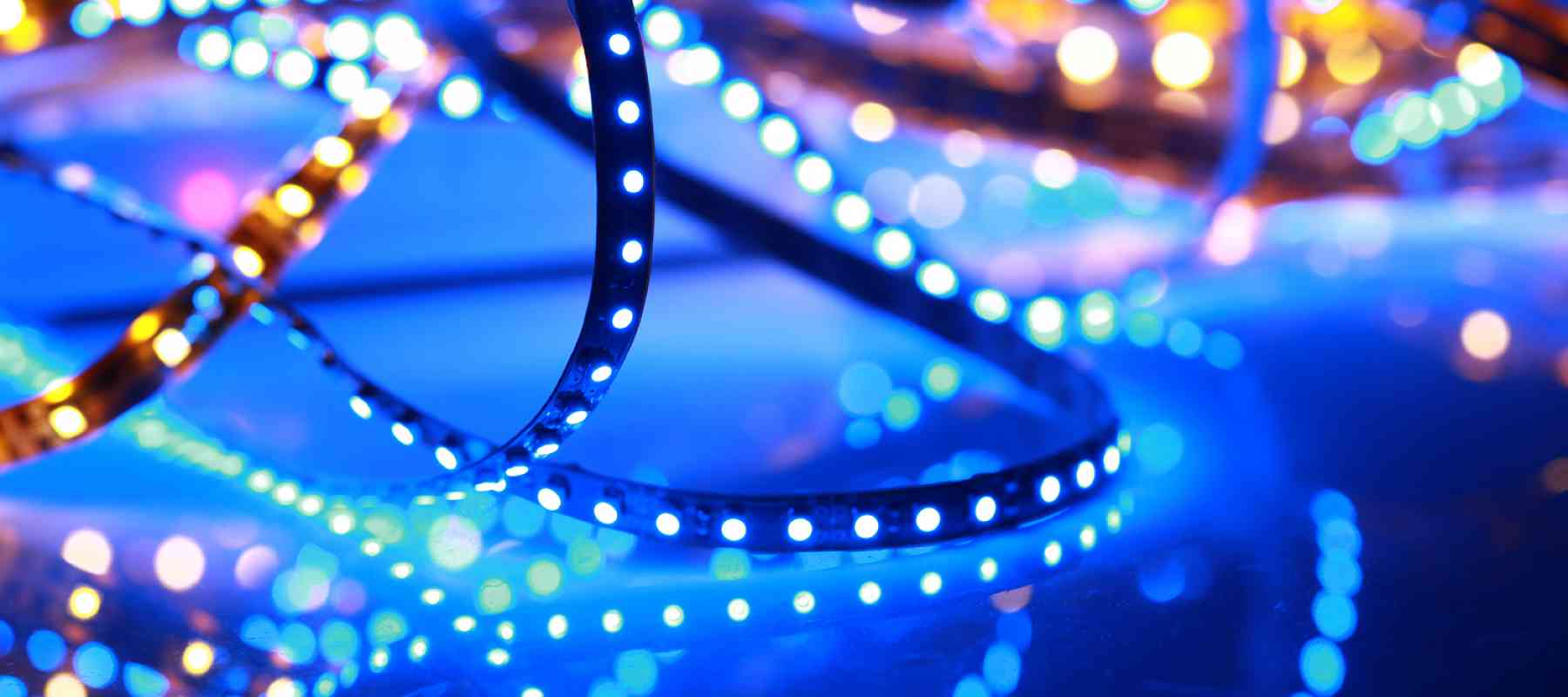In the past several years, the conventional light bulb has started to become phased out and replaced by light emitting diodes. LED Lighting has become really popular because they use very little electricity and burn just as brightly as the regular incandescent bulbs. The difference between LEDs and the regular bulb is that while the regular bulbs allow flow of electricity in two directions, the special LED diode has a p-n junction and allows electricity to only flow in one direction. This makes the bulbs durable and very effective. Here are a few things that you need to know about how LEDs function.
Why they save energy
Light emitting diodes convert electric energy into a single color of light using the cold light generation technology. This means that they deliver energy in the visible spectrum only, and no energy is wasted in non-light producing heat. As a result, they save a lot of energy, unlike the incandescent lamp where a lot of the energy produced goes into the infrared spectrum. The other benefit which comes from this light emitting diodes is the fact that because they do not produce a lot of heat, they are less prone to blowing, and they will last for many years before you need to replace them. Other interesting LED facts:
- They can be effectively powered by a solar array or portable battery.
- They are easy to add into a control system.
- They are small and very resistant to shock and vibration.
- They switch on really fast.
- Their color resolution is great and present no shock hazard.
Versatility of the bulbs
The fact that they cover the entire spectrum of visible light means that just like their incandescent counterparts, they can emit light in a variety of colors including red, orange, yellow, blue and green. Unfortunately, it has not been possible to generate a true white blend of color from LEDs and to create the illusion of white, the following techniques are used:
- Blending the beams by mixing light from a number of single color devices and adjusting their relative intensity until the get the desired color.
- Use of blue LED and a phosphor coating; when the blue LED light strikes the phosphor coating, it emits a mixture of light wavelengths that the eyes perceive to be white.
- A light sandwich where LED produces orange light from an adjacent layer of different material.
The second method, which involves a phosphor coating is the one which seems to have the highest possibility of being successful. The other challenge which has been identified with the use of these lamps is their low number of lumens per watt. To solve this problem, a new doping technology has been developed and is improving the amount of light that the bulbs produce.
LED Lighting has revolutionized the way that lighting is done. There is a generation of LEDs which has already gotten enlarged chips to produce brighter light while keeping the proper balance of heat and current management. The technology is still under development and with time, incandescent and fluorescent bulbs might be a thing of the past.




